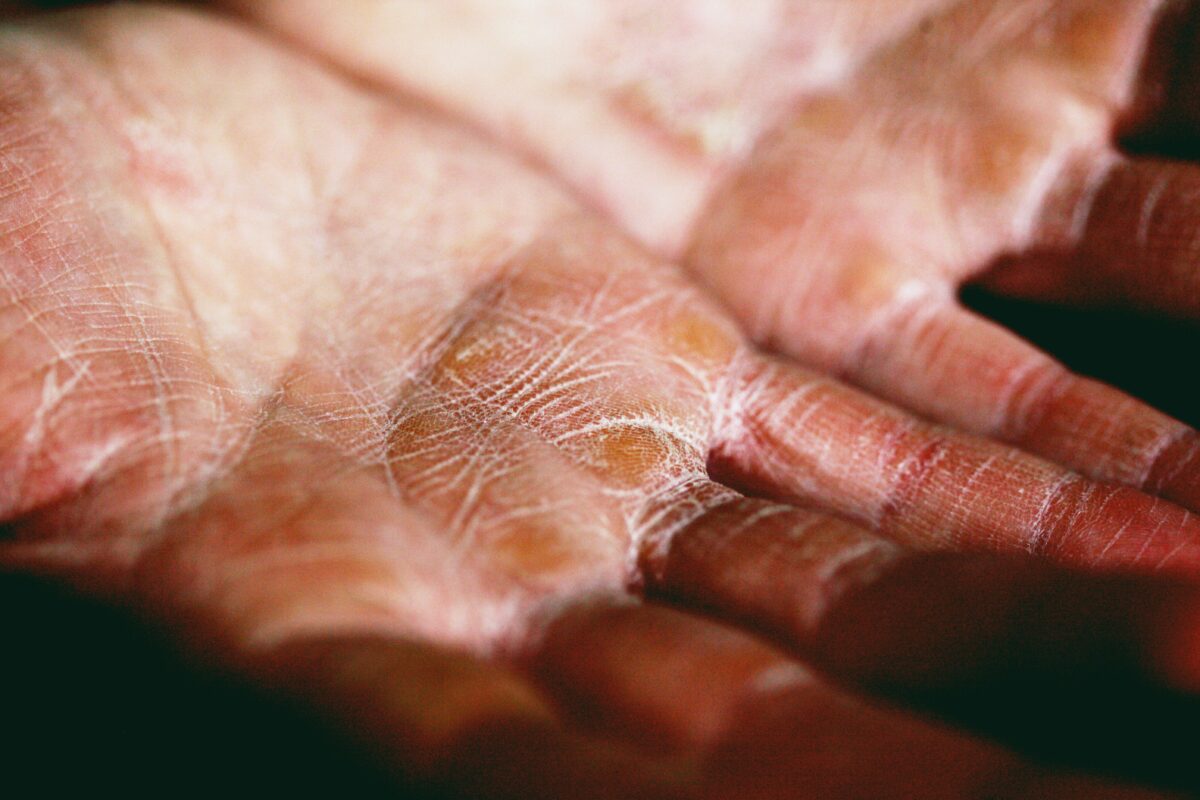Different Types of Eczema and How to Treat Them

Eczema, also known as atopic dermatitis, is a chronic skin condition that causes inflammation, itching, and redness. It affects people of all ages and can significantly impact the quality of life. Understanding the different types of eczema and their treatments can help manage the symptoms effectively. Consulting a dermatologist in Singapore can provide personalized advice and treatment options.
Types of Eczema
Effective management of eczema requires understanding its specific type, employing appropriate treatments, and adopting lifestyle changes to minimize flare-ups. Here, we delve into the six common types of eczema, their symptoms, and treatment options.
1. Atopic Dermatitis
Atopic dermatitis is the most common type of eczema, frequently beginning in childhood and potentially persisting into adulthood. It is often associated with other atopic conditions such as asthma and hay fever. Symptoms include:
- Dry, itchy skin
- Red to brownish-gray patches, commonly on the hands, feet, ankles, wrists, neck, upper chest, eyelids, and inside the bend of the elbows and knees
- Thickened, cracked, or scaly skin
Treatment:
- Moisturizers: Regular use of emollients to keep the skin hydrated.
- Topical Steroids: To reduce inflammation and itching.
- Antihistamines: To control severe itching and improve sleep.
- Immunomodulators: In severe cases, medications like tacrolimus and pimecrolimus can be used to modulate the immune response.
2. Contact Dermatitis
Contact dermatitis occurs when the skin comes into contact with an irritant or allergen. It can be classified into irritant contact dermatitis and allergic contact dermatitis. Common symptoms include redness, itching, and swelling at the site of contact.
Treatment:
- Avoidance: Identify and avoid the offending substance.
- Topical Steroids: To reduce inflammation.
- Moisturizers: To repair the skin barrier.
- Oral Steroids: In severe cases, short-term use of oral steroids may be necessary.
3. Dyshidrotic Eczema
Dyshidrotic eczema is characterized by small, itchy blisters on the edges of fingers, toes, palms, and soles of the feet. It is often triggered by stress, allergens, or moisture. These blisters can cause significant discomfort and may be accompanied by cracking and scaling.
Treatment:
- Cold Compresses: To reduce itching and swelling.
- Topical Steroids: To alleviate inflammation.
- Moisturizers: To prevent dryness and cracking.
- Phototherapy: In chronic cases, light therapy may be recommended.
4. Nummular Eczema
Nummular eczema appears as round, coin-shaped spots on the skin. These patches can be very itchy and are often triggered by dry skin, environmental factors, or stress. The lesions can become crusted and sometimes infected.
Treatment:
- Moisturizers: To keep the skin hydrated.
- Topical Steroids: To reduce itching and inflammation.
- Antibiotics: If the lesions become infected.
- Antihistamines: To relieve itching.
5. Seborrheic Dermatitis
Seborrheic dermatitis mainly affects oily areas of the body, such as the scalp, face, and chest. It presents as red, scaly patches and dandruff. The exact cause is unknown, but it is thought to be related to a combination of genetic, hormonal, and environmental factors, as well as the presence of a yeast called Malassezia.
Treatment:
- Medicated Shampoos: Containing ingredients like ketoconazole, selenium sulfide, or zinc pyrithione.
- Topical Antifungals: To control yeast overgrowth.
- Topical Steroids: For inflammation.
- Regular Washing: To manage oiliness and flaking.
6. Stasis Dermatitis
Stasis dermatitis occurs when fluid accumulates in the lower legs due to poor circulation, leading to swelling, redness, and itching. It often affects individuals with varicose veins or chronic venous insufficiency.
Treatment:
- Compression Stockings: To improve circulation.
- Moisturizers: To prevent dryness and scaling.
- Topical Steroids: For inflammation.
- Elevation: Raising the legs to reduce swelling.
Conclusion










